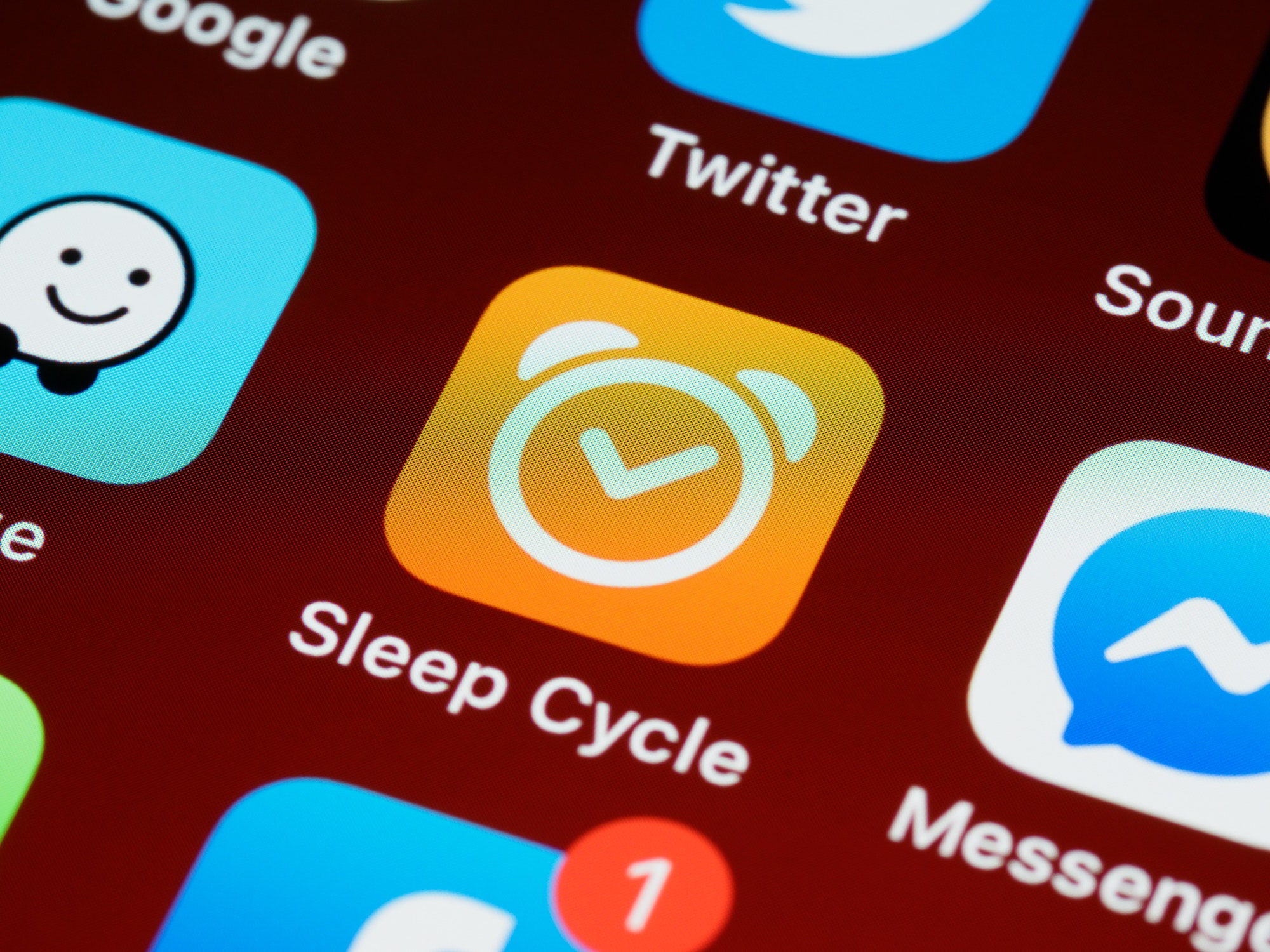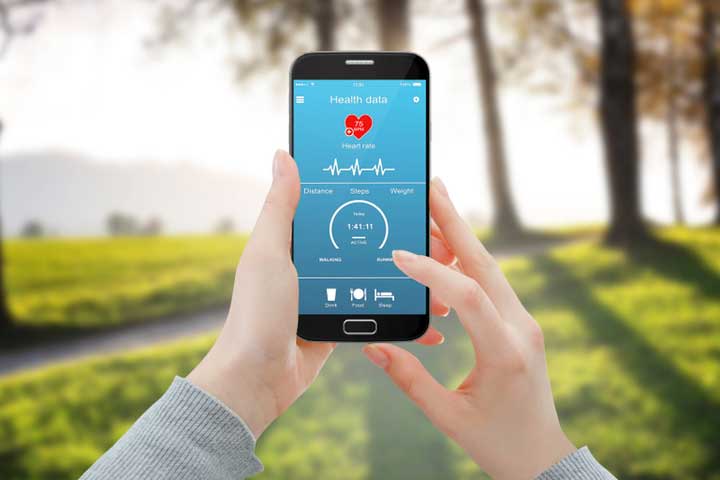Gamification has taken off worldwide as the best way to drive engagement in various fields. As a result, multiple industries have adopted gamification as a design philosophy, including marketing, fintech, the EV industry and many more.
However, there is no industry where gamification has been more impactful than the healthcare industry. There is a growing demand for applications that get people to take their medications and be more healthy in general.
Healthcare service providers have leveraged gamification to increase patients’ engagement with treatments and therapies. With health and wellness apps like dieting and physical exercise, patients report increased interest in their health and compliance with treatments and therapies.
Some examples of gamification in the healthcare industry include;
Examples of gamification in the healthcare industry
Octalysis Design Pfizer/Sidekick
Imagine battling an illness and feeling alone in the journey. It’s challenging, and sometimes the simplest tasks, like remembering to take a medicine, can seem like climbing a mountain. Pfizer recognized this struggle that many face daily. We envisioned an app that would be more than just a digital reminder. A true virtual health companion, always there, always supportive. We helped transform a simple idea into a friendly app that not only reminds users about their pills but also educates and supports them every step of the way.
Results:
30% Decrease in patient dropout rates across disease spectrum
300% Increase in likelihood of achieving health goals
Mango Health
Mango Health helps patients comply with their treatments and therapies by reminding them when they are due to take their pills and notifying them if any side effects come from taking certain combinations of medications. To incentivize compliance, however, Mango Health rewards compliant patients with points (Core Drive 2) that can be redeemed for gift cards or charity donations (Core Drive 1).
Galaxies of Hope
Galaxies of Hope was launched to help patients with neuroendocrine cancer cope with their situation by sharing and reading stories from other patients around the world. The app uses storytelling and gamification to take patients and their support systems on journeys that bring acceptance, healing and closure from the reality of dealing with the disease.
Manage My Pain App
The Manage My Pain app helps patients locate, monitor, describe and manage pain in a fun and engaging way. The app uses the patient’s inputs based on their baseline to keep a pain report in case a doctor is required and also recommends ways to manage the pain.
My PlayHome Hospital
My PlayHome Hospital helps children get more comfortable with the regular trip to the doctor’s office by giving them a game that makes them more familiar with the hospital real estate, personnel, tools, procedures and vocabulary (Core Drive 4). This helps reduce the stigma around hospitals and doctors and increases kids’ engagement with treatments.
Evo
Akili and Pfizer designed Evo to lower the cost of diagnosing Alzheimer’s by creating a game that tests cognitive abilities in patients to detect early stages of decline, indicating whether a patient has Alzheimer’s or not.
Physera
Physera is a mobile application that uses workouts and therapies created by physical therapists to help patients recover from musculoskeletal injuries and persistent pain. Patients get matched with licensed physical therapists like they would on a dating app and go through regimens together to help patients recover from physical injuries.
The HealthPrize Action Engine
Pharmaceutical giant Walgreens set up this platform to increase patient adherence to treatments and therapies. This platform leverages gamification tools like pop quizzes, points, rewards and leaderboards to induce competition between patients on the platform to see who takes their medication the best (Core Drives 2 and 5).
Gym Pact
This app allows users to make pacts with themselves with gamified jeopardy in case they fail or rewards in case they succeed. The users will make a pledge to themselves to do a certain number of workouts in a specific period and pledge to pay a certain amount should they fail (Core Drive 8). The amount paid by the failed users is pooled and divided among the winners as a reward.
As good as these companies’ attempts at gamification were, they can all improve with the Octalysis Framework (like we did for Pfizer). The Octalysis Framework allows brands to split customer motivation down to 8 Core Drives and appeal to each of them individually.
This means your brand can leverage high level Core Drives like Epic Meaning, Creativity and Social Influence which make for very engaged and loyal customers.
These are examples of platforms that are pioneering gamification in the healthcare industry. Are you interested in learning more about how you can integrate gamification into your healthcare offering to your patients? Please contact us today to get started on your journey to gamify your healthcare services and attract more clients.





